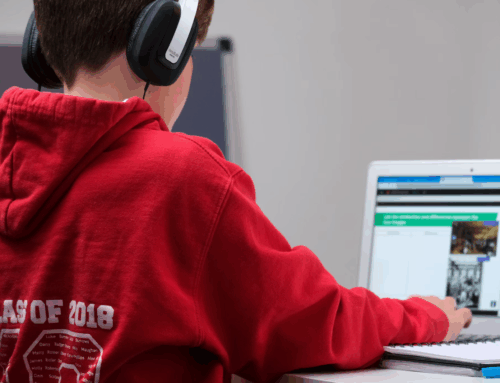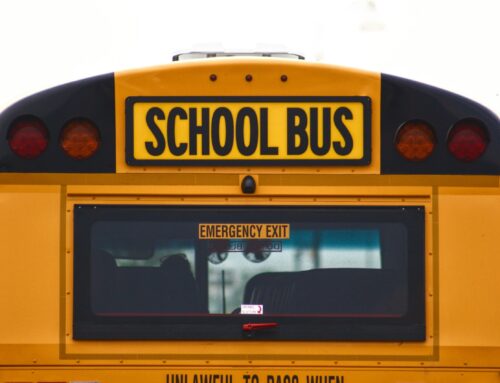 What are E-Readers?
What are E-Readers?
The use of E-Readers has been on the rise, opening more and more people up to reading as the need for physical books reduces. But what exactly are they, and what can they do?
E-Readers contain a multitude of uses aside from simply reading; along with electronic versions of books, they have built in dictionaries, word search tools, highlighting, note-taking abilities and even audio narration.[1] Some examples of these specific devices include widely known brands such as the Amazon Kindle, B&N’s NOOK, and the iPad from Apple. There has also been the development of E-Reader apps, which accommodate other devices like cell phones, tablets, etc. E-Readers have been able to open a wide array of the population to reading and other useful devices, continuously upgrading and developing software that sustains the benefits of these devices and applications.
Many of these features apply specifically to students and their needs within classroom environments, where software that consists of note-taking capabilities, discussion forums, sound effects and illustrations are easily accessible.[1] With these electronic capabilities, E-Readers help students to read both independently and with enjoyment.[1] They are also able to gain skills in reading comprehension that might not have been as easily attainable through traditional reading methods, presenting the potential in containing E-Readers within classroom environments on a regular basis. But, it is also important to consider their use outside of the classroom as well, where the motivation to read beyond learning environments increases.[2] The newfound motivation then gives students the opportunity to improve their overall comprehension and reading abilities. When observing the functions of the Amazon Kindle closely, for example, the device has software designed to give students means of reading and listening to works simultaneously, which helps to not only improve literacy skills, but to increase their drive to read and enjoy what they are consuming, as well. [3]
But, in what ways have E-Readers been successful for students? Is there data to back up its positives?
Student Success With E-Readers
There is a plethora of research available that indicates successes in students that use these devices in and out of the classroom. One piece of research examines the effect of school-provided E-Readers to middle school students, where one main variable increased extensively upon utilizing the devices: verbal reasoning. This particular variable allows educators to measure students’ ability to develop thoughts about various words and concepts, where they can then draw conclusions from fragmentary evidence.[2]
Additionally, an article on the topic examines studies based on in-classroom use of E-Readers and the desire from students to have these devices incorporated into their learning. As a result of these studies, researchers have discovered that students wanted several of their electronic functions implemented into their curriculums, such as checking, bookmarking, annotation and highlighting.[4] Also, with their increased use of E-Readers, students have been able to improve their level of engagement with assignments, also showing the usefulness in adopting these devices for both reading and writing activities.[4]
While E-Readers have many benefits with the content they provide specifically, studies also show that students find them to be easily accessible and user-friendly. During an interview conducted with several students, researchers found that students thought the E-Readers were “…very easy to carry around, comfortable to read with, and easy to use.”[4] Additionally, students learning another language were also observed within the study, where one student claims how they appreciated the group work features and the ability to control their writing process.[4] These findings aim to show the supplemental benefits of including E-Readers within teaching environments.
It’s also important to consider the other side of E-Readers; they are enjoyed as leisure reading devices, as well. There’s even research that backs up the benefits of using them within more relaxed settings, where studies indicate how “the more one reads, the better one gets at reading, and the less one reads, the more impeded one’s literacy skills become.”[3] Therefore, the more leisure reading a student (or anyone) does, the better their comprehension of materials becomes. This enables them to feel encouraged and more confident in their abilities overall.
So, why not give E-Readers a try? They can help anyone develop a newfound love for reading, and specifically aid in students’ literacy needs in academic settings. Various means of research have shown their benefits and worth. With their popularity continuously on the rise, why not indulge in the usefulness they provide?
How Does PSG Fit In?
Publishing Solutions Group strives to help their clients achieve their specific goals, whether they are print or digital works of content. We see the value in digital materials that come from devices like E-Readers; therefore we make it our mission to create polished and articulate content that benefits everyone, especially students and those working within academic settings. Content is king, but accessibility is key!
[1] https://www.sciencedirect.com/science/article/pii/S0360131518301647
[2] https://journals.sagepub.com/doi/full/10.1177/0047239515623050
[3] https://crl.acrl.org/index.php/crl/article/view/16991
[4] https://www.jstor.org/stable/jeductechsoci.18.1.250?seq=6
Photo free to use under Unsplash license.




